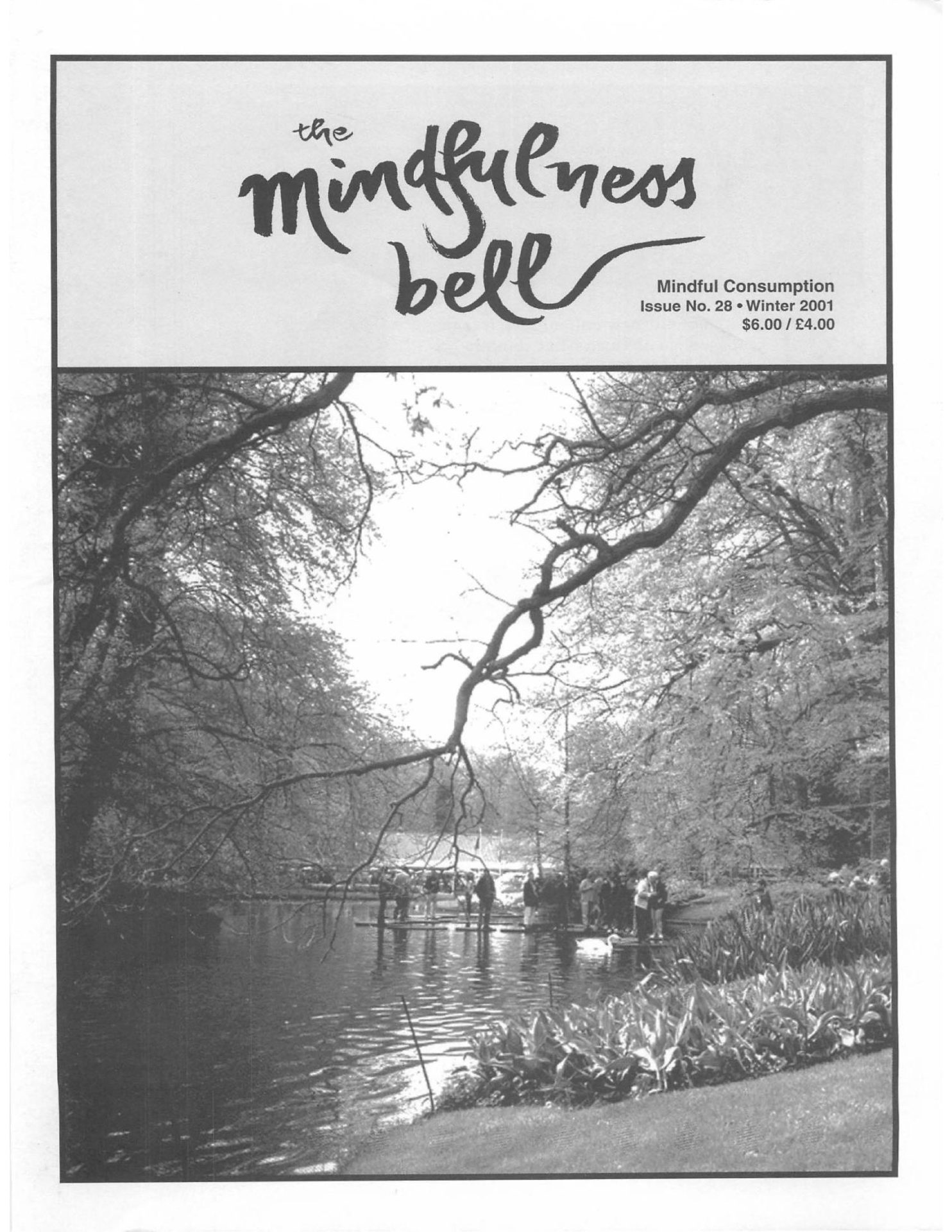By Sister Chan Khong in January 2001
On a recent night, though it was very late, I could not sleep because I knew that hundreds of thousands of victims of the most recent flooding in Vietnam were sitting on their roofs, exhausted, cold, and hungry. I sat in my room, but I felt as if I was sitting on one of those houses in the village of Vinh Hung, Tam Nong District, Dong Thap Province.
By Sister Chan Khong in January 2001
On a recent night, though it was very late, I could not sleep because I knew that hundreds of thousands of victims of the most recent flooding in Vietnam were sitting on their roofs, exhausted, cold, and hungry. I sat in my room, but I felt as if I was sitting on one of those houses in the village of Vinh Hung, Tam Nong District, Dong Thap Province.
My home village is not Vinh Hung where 27 people have drowned, nor is it Moc Hoa where 18 children and two elderly people died. But I feel that wherever people suffer, it is my homeland. My home town is not in Tan Chau District, Chau Doc Province, where the water rose to 18 feet high, and tens of thousands crouched together, waiting for help. Forty-three people died in this district. In Chau Doc province, there is an annual flood from August to October, but the water usually rises only one to two feet. The high water helps a rice plant called Iua sa grow fast, and gives a food harvest. Being used to these smaller annual floods, the people in Chau Doc tried to adapt instead of moving to higher ground, as the government had advised. But in a ten-day period in September 2000, the water rose higher than the highest level in the last forty years. When the water rises so fast and stays too long, all the rice plants rot. In the fall of 2000, thousands of rice fields and pineapple fields rotted, and huge fruit orchards were totally destroyed by the flooding.
The government was challenged to rescue the hundreds of thousands of victims hanging on their roofs, scattered across the immense area of eight provinces along the Mekong River. Many children fell in the water and drowned. Perhaps they were hungry, cold, and exhausted. In the province cities like Cao Lanh or Long Xuyen, the bodies of dead animals float with human excrement, creating an extremely unhealthy environment. The people often have no running water, electricity, or clean drinking water.
Green Mountain Dharma Center and Plum Village were able to send $10,000 US to help 4,000 families. Each family received eight kilograms of rice and five packages of instant noodles. We have hundreds of monks and nuns and lay practitioners in the troubled spots to do the rescue work on our behalf.
Please share what you can with these friends in Vietnam. With $3.00 US, we can offer 30 packages of instant noodles; with $20.00 US, we can offer 80 kilograms of rice to a family; with $50.00 US, we can offer a small boat for one family, as transportation and to make a living in this area of rivers and water. For $200.00 US, we can offer a family enough to buy seeds to replant their crops and rebuild their homes.
May the energy of loving kindness be with you all year round.


